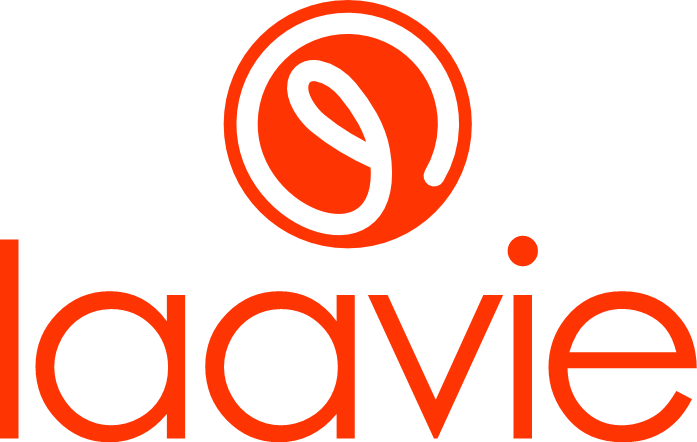Regional Insights: Automotive Metal Die Casting Market Dynamics
The automotive metal die casting market continues to grow as manufacturers seek efficient, lightweight, and high-performance components for modern vehicles. Metal die casting, which involves injecting molten metal into molds under high pressure, is valued for producing parts with excellent dimensional accuracy, superior surface finish, and structural strength. This process is widely used in engine components, transmission housings, suspension systems, and structural frameworks across the automotive industry.
Regional trends play a crucial role in shaping the market. North America, particularly the United States, remains a significant market due to the presence of leading automotive OEMs and advanced manufacturing infrastructure. The Asia-Pacific region, led by China, India, and Japan, dominates in production volumes, owing to a large automotive manufacturing base and cost-effective labor. Europe, with its focus on electric and hybrid vehicles, drives demand for aluminum and magnesium die-cast components. These regional dynamics influence investment decisions, production strategies, and supply chain optimization for die casting companies.
The automotive industry’s emphasis on lightweighting is a primary driver of growth. Aluminum and magnesium die-cast components replace heavier steel parts to improve fuel efficiency, reduce emissions, and meet regulatory standards. Electric vehicles (EVs) have accelerated this trend, as reducing weight directly impacts battery efficiency and driving range. Battery enclosures, motor housings, and structural supports are increasingly manufactured using die-cast alloys to achieve strength without compromising weight.
Supply chain strategies are central to market competitiveness. Reliable access to raw materials such as aluminum, magnesium, and zinc is critical for continuous production. Fluctuating metal prices, trade tariffs, and energy costs can disrupt supply chains, prompting companies to establish strategic partnerships, maintain inventories, and invest in resource-efficient production processes. Logistics optimization, automation, and digital monitoring of supply chains are also being adopted to enhance efficiency, minimize delays, and reduce costs.
Technological advancements are transforming the automotive metal die casting market. High-pressure die casting, vacuum-assisted processes, and low-pressure die casting allow manufacturers to produce complex and high-precision components efficiently. Integration of robotics and automation ensures consistent quality and reduces labor dependency. Advanced simulation software and computer-aided design (CAD) tools help optimize mold design, metal flow, and cooling patterns, improving component reliability while shortening production cycles.
Sustainability is a growing focus in the market. Aluminum and magnesium are highly recyclable, making them ideal for circular economy initiatives. Energy-efficient furnaces, reduced scrap generation, and environmentally friendly lubricants are increasingly used in production. Green manufacturing practices not only reduce carbon footprints but also meet the rising demand for eco-conscious vehicles and components, reinforcing the industry’s commitment to sustainability.
Looking ahead, the automotive metal die casting market future is poised for steady growth, supported by regional expansion, supply chain optimization, and technological innovation. Companies investing in advanced casting technologies, efficient production processes, and sustainable practices are likely to gain a competitive advantage. As the automotive sector evolves, particularly with electric and autonomous vehicles, die casting remains a critical enabler of lightweight, durable, and high-performance components for the vehicles of the future.
- Art
- Causes
- Crafts
- Dance
- Drinks
- Film
- Fitness
- Food
- Jocuri
- Gardening
- Health
- Home
- Literature
- Music
- Networking
- Alte
- Party
- Religion
- Shopping
- Sports
- Theater
- Wellness


